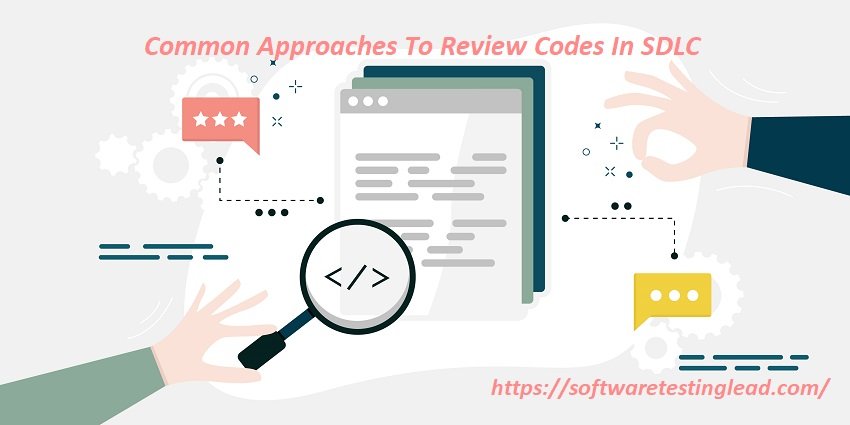Last updated on October 15th, 2022 at 07:20 pm
Every single task or operation that involves some sort of human intervention is said to be riddled with mistakes and errors. Why? Because humans are imperfect creatures. They made mistakes to learn from it. And those who don’t learn from their mistakes suffer and suffer and suffer. Well when it comes to the software development world, obviously a human is made responsible to write software, to test software, and then to release software on different physical and digital platforms. This means that software can also have many mistakes in it, which must be detected before its release otherwise all the efforts including finances will have to suffer.
Inspecting mistakes in the codes written when a developer writes software can be a bit challenging for the developer alone. Why? Because he/she is the person that has written it and usually a person is unable to detect mistakes in his/her own work. That’s where an organization needs effective yet efficient code review services.
But it is important to know what approaches a reviewer can utilize to have effective reviews of the codes. So let’s discuss them out;
The Email Thread – Once a given piece of code is ready to be reviewed, the file will be emailed to the appropriate colleagues, so that each of them can review it as soon as the workflow permits. Although this method is certainly more flexible and adaptable than other traditional techniques (for example, gathering five people in a room for a code review meeting), email suggestions and different perspectives tend to become more complicated, thereby Make it unavailable to original coders.
Pair Programming – This way of creating software enables developers to work side by side (at least graphically) and process the same code together, thereby checking each other’s work while working on each other. This is a great way for senior developers to guide junior colleagues, and it seems to introduce a code review directly into the programming process.
Over the shoulders – The simplest and logical way to engage in peer code review is known as the over the shoulders approach. Once you are done with writing code, ask your colleague to come at your work station and review the code. This informal method is of course “lightweight”, but if there is a lack of tracking or recording methods, it may be a bit too light.
Tool Assistance – The most simple, easy, and efficient way of reviewing codes is to utilize software-based code review tools for your assistance. Tools are a great source of reducing the efforts required to track and cope up with your colleagues, asking them about reviewing codes.
Conclusion
Along with everything else in the fields of computing and software development, code reviews have changed dramatically, and there are now many variants to choose from. Code review is an important component of the software development life cycle, as usually after incubation of errors, before they have time to grow into awkward beasts and find out the “hidden” errors that may be no problem but may hinder the future development of the product.



